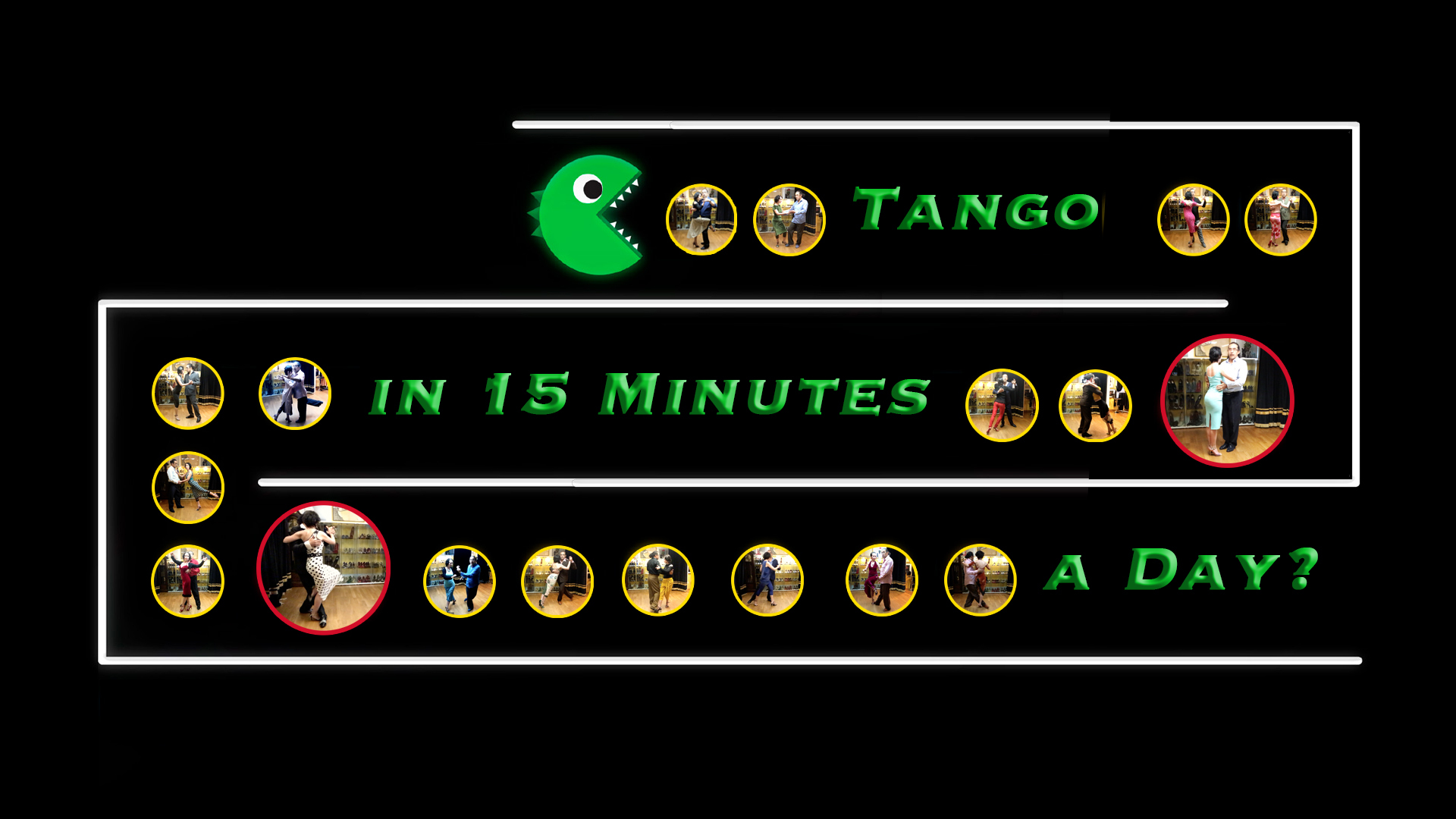One silver lining of the world’s newfound pandemic culture is that many people suddenly have the time to try to learn new activities or skills. Some of these skills are perhaps bucket list items that always seem to be put off because of the old daily grind that used to include a commute and 8 hours a day in an office somewhere. But while many of us are staying put at home, not everyone has been inundated with free time.
Those who don’t have a few hours to kill every day may look at their friends who have quarantine hobbies and start to feel some FOMO or jealousy.
So how to save time? Busy folks may be tempted to turn to fragmented learning as a way to get in their desire for a new skill amongst the daily needs of their work and family. Fragmented learning is essentially the “slow and steady” method of acquiring new knowledge. Rather than spending hours a day committing to a certain subject, fragmented learning encourages utilizing shorter blocks—15 minutes is a commonly used time frame—to avoid burnouts and promote steady progression.
But what if the new skill you desire is tango? Can tango be learned using a fragmented learning method? We explore the possibilities below.

THE ADVANTAGES
The biggest advantage of learning tango in just 15 minutes a day is, of course, reducing the necessary commitment. People with busy schedules are much more likely to cancel weekly, hour-long classes because of various other commitments. 15 minutes a day virtually assures that every single day, you will be dancing the tango. So if you are able to actually get into the rhythm of dancing tango every day for this amount of time, you are looking at 105 minutes, or an hour and 45 minutes, of tango per week. If the alternative was taking an hour-long class once a week, well then you already have that beat.
Another useful aspect of fragmented learning is that you get to reset your intentions every day. There is not as much pressure to learn linearly and under the parameters of a class. If you feel like you didn’t quite understand that technique you tried yesterday, then you can do it again today. Say you want to try something a little more difficult, no problem, use your 15 minutes trying something new then reassess for the following day.
THE DISADVANTAGES
Where the advantage of learning tango through fragmented learning is “hey you don’t have to spend as much time doing it” then the disadvantage is also “you’re not spending as much time doing it.”
The stop-start nature of fragmented learning can be difficult, and admittedly frustrating, to beginners. Besides interrupting the methodical flow of tango, there is not a lot of time to gain any kind of mastery or full understanding of any single topic or technique in one tango session.
There have been many philosophies written about learning new skills. From the 10,000 hour rule outlined in Malcolm Gladwell’s “Outliers” to Josh Kaufman’s “The First 20 Hours” the common link to these ideas is a time commitment. Whatever philosophy you may believe in, it is a fact that it is going to take longer to hit these marks doing just 15 minutes a day.
The other, more tango specific, the disadvantage is limiting the bond with your partner. Many people who are learning, or even pro tango dancers, have a partner they learn with. Unless you have a partner willing to commit to fragmented learning also, then new learners may struggle to develop the understanding that comes with dancing with someone consistently.
What is the Best Way to Learn Tango Right Now
So, can tango be learned in 15 minutes a day? Well sure! However, it is important to temper expectations. Fragmented learning is a great alternative for those who just don’t have the time to squeeze long daily, or even weekly, lessons into their schedule. But it is also important to recognize that if you’re using this method it may take quite a bit longer until you are tearing up the dance floor at your local Milonga. Tango is also complex and thrives on flow. It’s possible that at times you’ll find yourself feeling like 15 minutes isn’t enough time to learn many singular maneuvers.
Ultimate Tango’s microlearning course
So how do I start learning the tango now even with my busy schedule? At Ultimate Tango we are offering private, virtual, and in-person lessons for people of all skill levels, including beginners.
In fact, our on-demand beginner course is structured using a micro-learning format. Clear, well-structured, and progressive, it gives you all the information and exercises in order so that you can make incremental improvements each time.
During these 28 mini-lessons, you’ll master the tango walk, baldoza modifications, and much more. Our beginner course is priced at $39 per month and includes a 7-day free trial.
Buy your beginner course package here and start learning at your own pace.
If you wish to learn Argentine Tango, we put our methodology in the book. You can reserve yours HERE.

